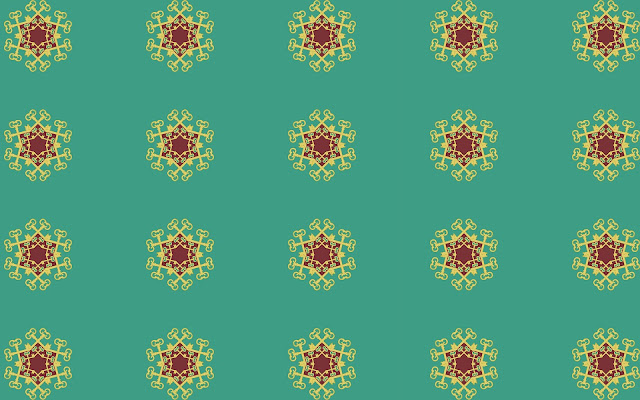Elevate Your Packaging Game: A Comprehensive Look at Post-Printing Machines Introduction: In the ever-evolving landscape of packaging, staying ahead of the competition requires innovation and efficiency. Post-printing machines have emerged as game-changers in the packaging industry, offering manufacturers unparalleled flexibility and quality in producing corrugated boxes. This comprehensive guide aims to delve into the world of post-printing machines, exploring their functionalities, benefits, and the transformative impact they have on elevating packaging standards. Understanding Post-Printing Machines: Post-printing machines are integral to the manufacturing process of corrugated boxes, enabling the application of graphics, text, and branding onto pre-formed boxes. Unlike pre-printing methods, which occur before corrugation, post-printing takes place after corrugation, allowing for greater customization and efficiency. Types of Post-Printing Machines: Flexographic Printing Presses: Th...
What is screen printing ink made of
Screen printing ink is a specialized type of ink that is formulated for use in the screen printing process. The composition of screen printing ink can vary depending on the type of ink, but generally, it is made up of the following components:
- Pigment: The pigment is the part of the ink that gives it its color. Pigments can be made from a variety of materials, including natural and synthetic dyes, metallic powders, and fluorescent compounds.
- Binder: The binder is the material that holds the pigment particles together and attaches them to the surface of the printed material. It is usually made from a resin or polymer, such as acrylic, urethane, or vinyl.
- Solvent: The solvent is the liquid component of the ink that helps to dissolve the binder and pigment and keep the ink flowing smoothly. Solvents can be water-based or oil-based, depending on the type of ink.
- Additives: Additives are optional components that can be added to the ink to modify its properties, such as viscosity, drying time, and opacity. Examples of additives include thickeners, drying agents, and anti-settling agents.
Different types of screen printing ink are available, each with their own unique properties and characteristics. For example, plastisol ink is a popular type of screen printing ink that is made from PVC particles suspended in a plasticizer. It is known for its ability to produce vibrant colors, withstand high temperatures, and adhere well to cotton fabrics. Water-based ink is another type of screen printing ink that is popular for its ability to produce soft, breathable prints on a variety of materials. It is made from a combination of water, pigment, and a water-soluble binder, such as acrylic or gum arabic.
The specific composition of screen printing ink can vary depending on the manufacturer and the intended use of the ink. It is important to choose the right type of ink for the material being printed on and to follow the manufacturer's instructions for proper use and application.

Comments
Post a Comment